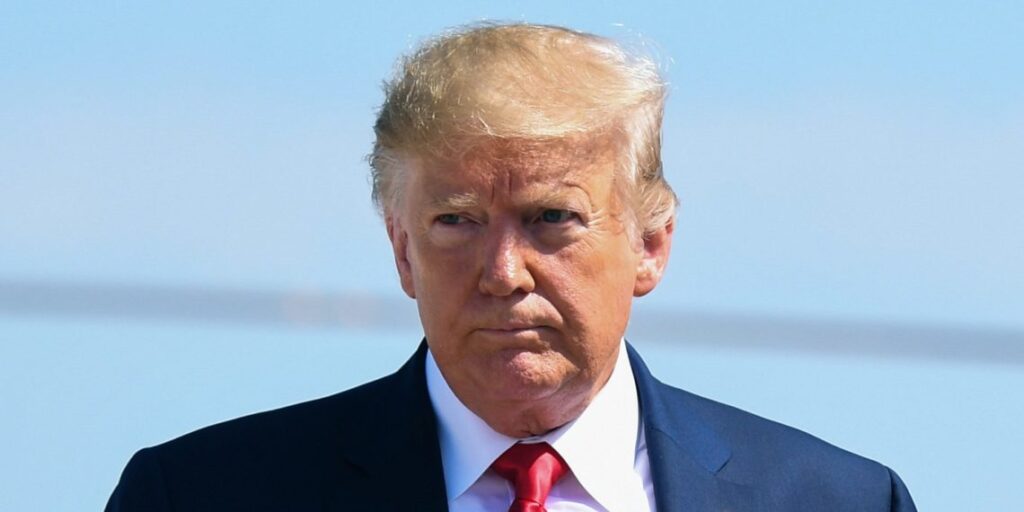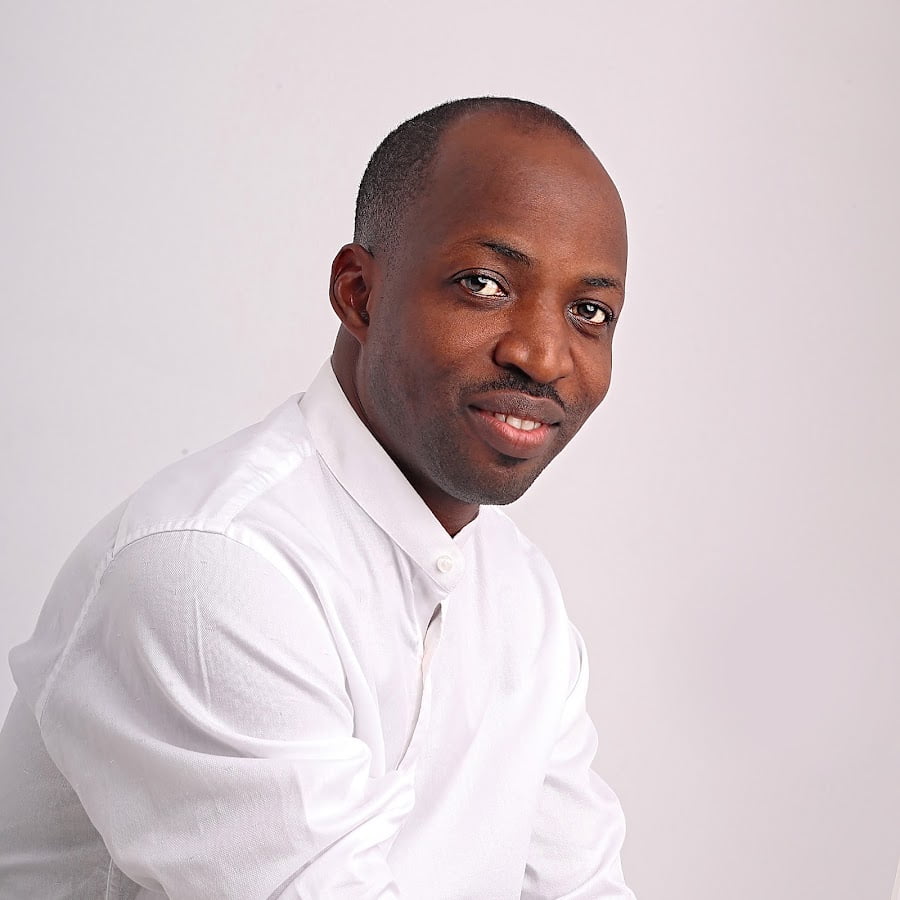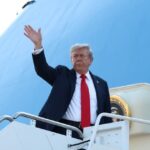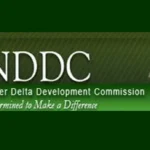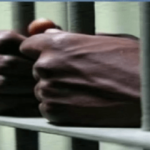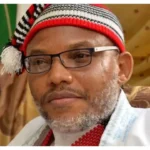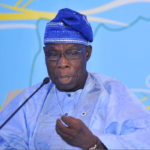Now Reading: Japan’s First Female Prime Minister, Sanae Takaichi, Faces Her Biggest Test Yet in High-Stakes Meeting with Donald Trump
-
01
Japan’s First Female Prime Minister, Sanae Takaichi, Faces Her Biggest Test Yet in High-Stakes Meeting with Donald Trump
Japan’s First Female Prime Minister, Sanae Takaichi, Faces Her Biggest Test Yet in High-Stakes Meeting with Donald Trump
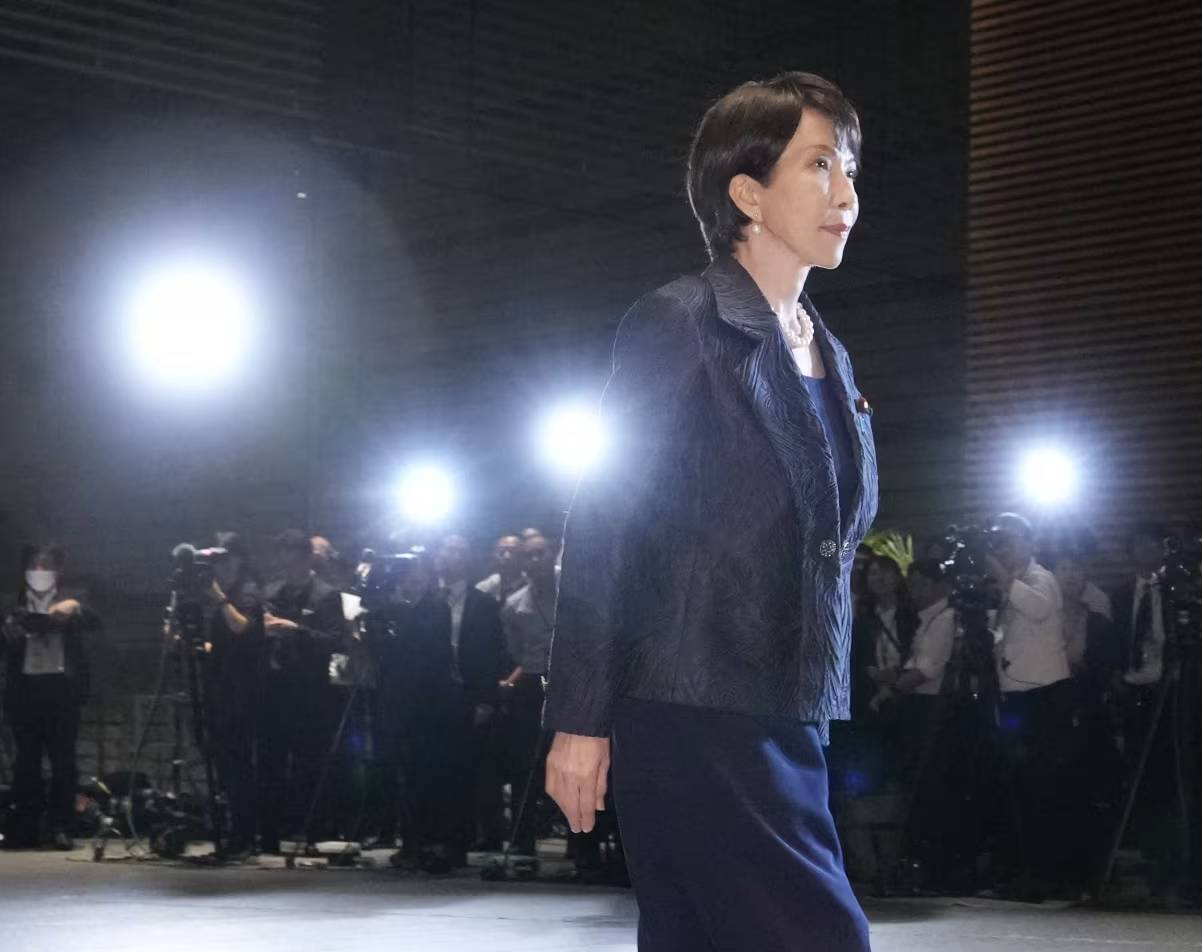
Tokyo — Japan’s newly inaugurated Prime Minister, Sanae Takaichi, is stepping into the global spotlight this week as she prepares for her first face-to-face meeting with US President Donald Trump — a diplomatic encounter that could set the tone for her premiership and the future of the US–Japan alliance.
Takaichi, who only recently made history as Japan’s first female leader, will meet Trump in Tokyo on Tuesday as part of a packed international schedule that includes the ASEAN summit in Malaysia and the APEC meeting in South Korea.
Her visit comes amid mounting global scrutiny of how she’ll balance her nationalist views with Japan’s need for stable international partnerships. The stakes are especially high as Trump embarks on his first major Asia trip since returning to the White House — a visit that includes talks on tariffs, defense spending, and regional security.
Trump spoke warmly about Takaichi aboard Air Force One, telling reporters they had a “very good” phone conversation ahead of his trip. “She’s great, beautiful … very friendly,” he said
For Takaichi, this meeting is more than a diplomatic courtesy — it’s a defining test of her leadership credentials. With limited foreign policy experience, she faces the dual challenge of asserting herself internationally while maintaining Japan’s long-standing security ties with Washington.
Her administration inherits a fragile domestic landscape: the ruling Liberal Democratic Party is still battling the fallout from corruption scandals, and her soaring 71% approval rating may depend on how she performs abroad.
Defense spending will dominate Tuesday’s agenda. Takaichi has vowed to accelerate Japan’s military expansion — originally set to reach 2% of GDP by 2027 — by a full year, a move that has stirred questions about how she’ll fund it amid tax cuts and a weakening yen.
Trade could also prove contentious. Although Tokyo recently agreed to lower tariffs and invest $550 billion in US industries, many details remain unresolved. Trump’s renewed protectionist push has made allies wary, and Takaichi is expected to seek more concrete terms to protect Japanese exporters.
To navigate Washington’s unpredictability, she’s assembled a cabinet heavy with diplomatic veterans, including Ryosei Akazawa, who led Japan’s recent trade talks with the US, and several figures from the late Shinzo Abe’s administration — signaling her intent to revive his pragmatic yet firm foreign policy line.
Takaichi’s foreign policy will hinge on how she manages the delicate balance between the US and China — Japan’s top trading partner but also its biggest strategic rival.
She has long taken a hard line on Beijing, calling for stronger cooperation with Taiwan and criticizing China’s growing military assertiveness in the East China Sea. Beijing has condemned her stance, warning Tokyo against “dangerous provocations.”
Still, Takaichi has shown flashes of diplomacy. At her first press briefing, she downplayed fears of hostility toward South Korea, even mentioning her fondness for Korean food and culture — a small but symbolic gesture toward easing regional tensions.
“The understanding is growing that Japan-South Korea cooperation is a necessity in this uncertain world,” said Rintaro Nishimura of The Asia Group. “Stronger ties between these two US allies would also reduce America’s strategic burden in Asia.”
As Trump and Takaichi meet, their personal chemistry — and ability to align on security and trade — could reshape how Washington and Tokyo cooperate in a rapidly changing Indo-Pacific.
At her inauguration, Takaichi pledged to take Japan’s relationship with the United States “to new heights,” calling the alliance “the cornerstone of Japan’s foreign and security policy.”
Her challenge now is to make good on that promise — without losing sight of Japan’s independence on the world stage.
